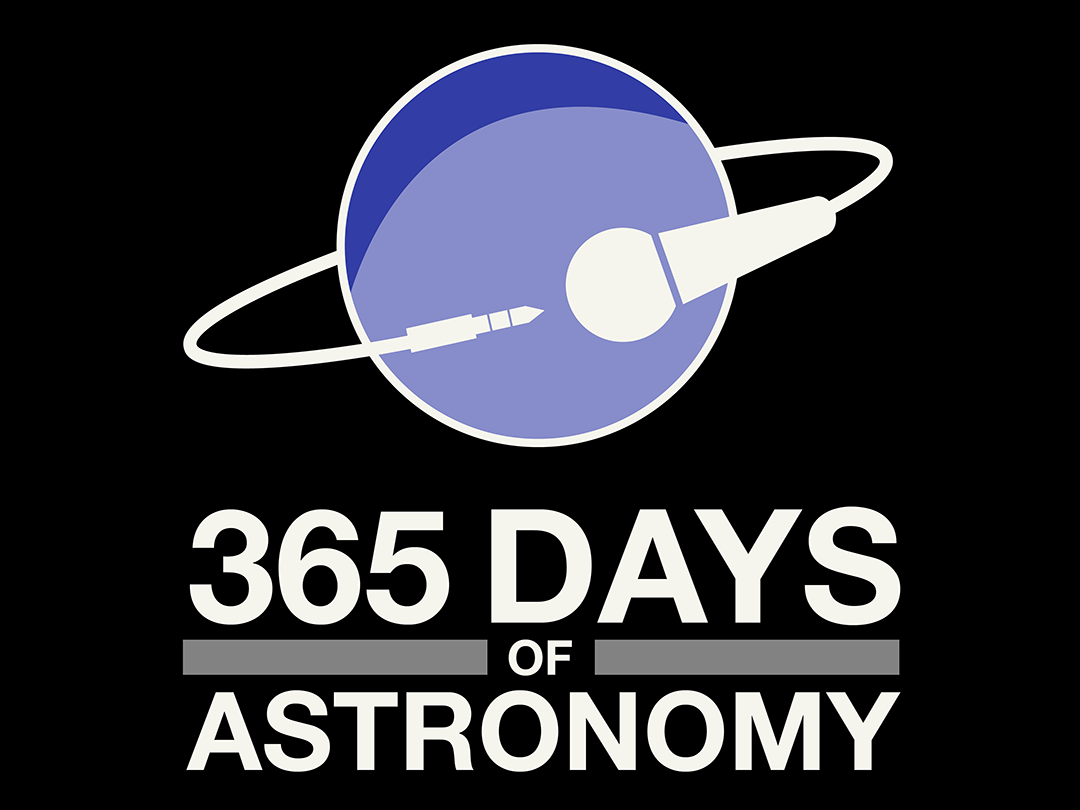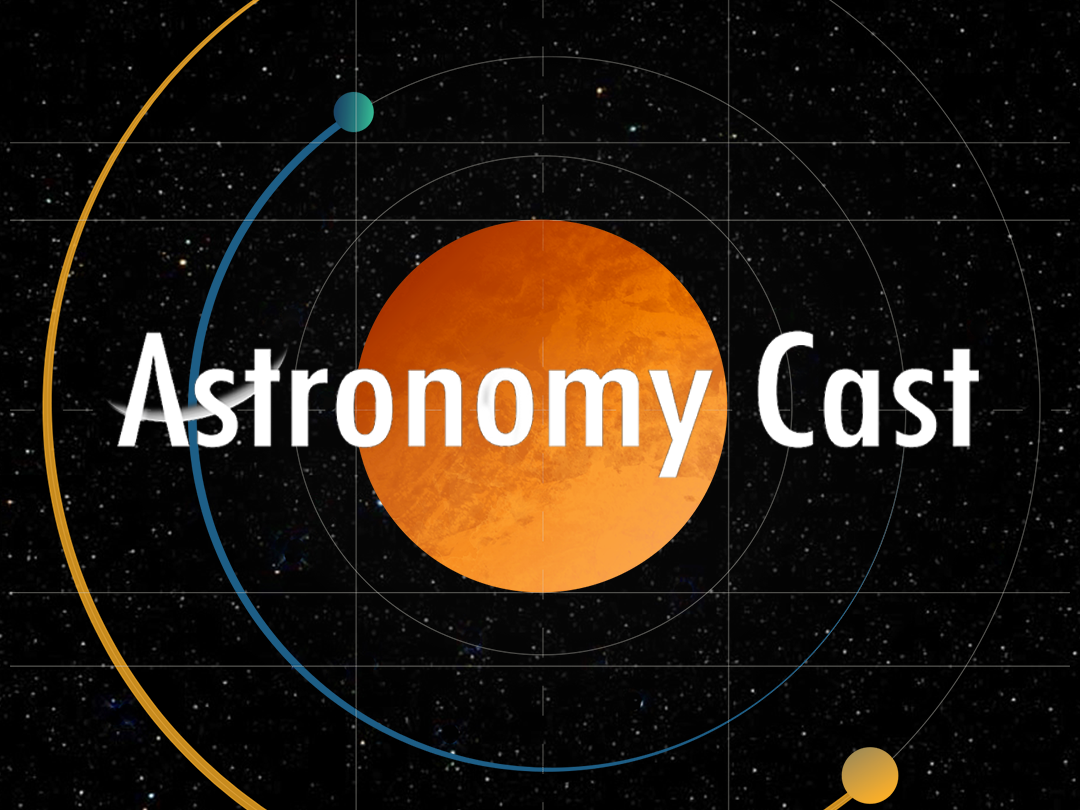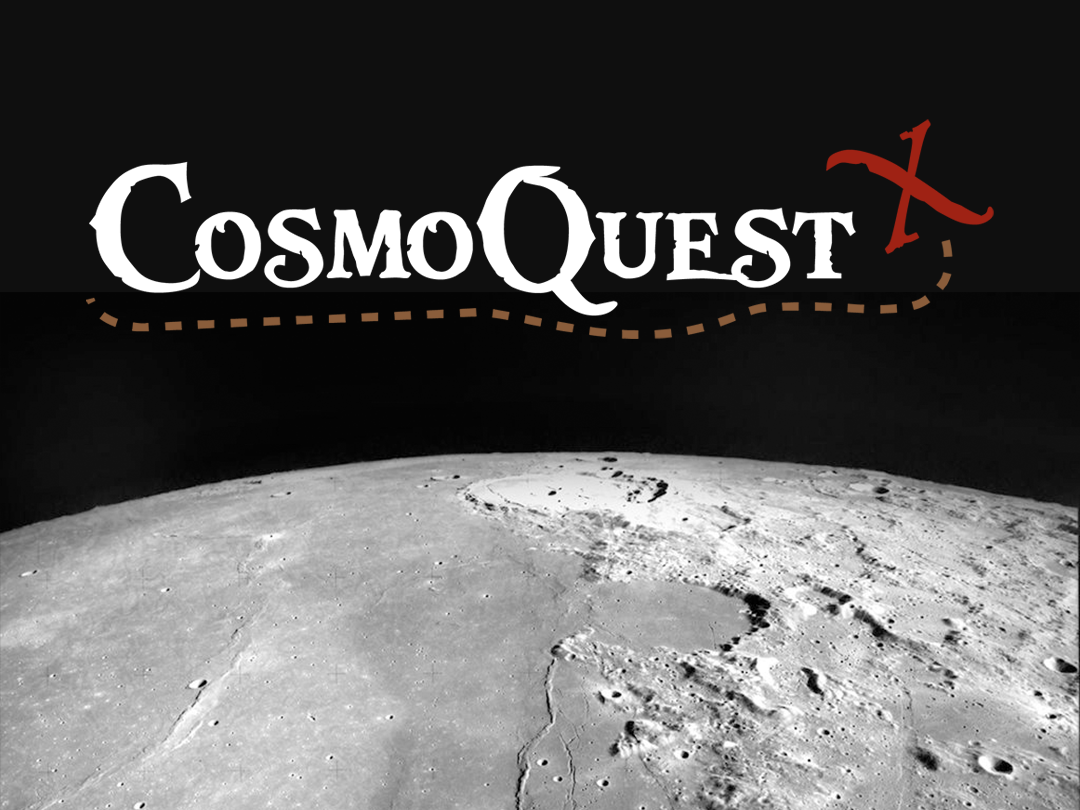” For most of her career, Dr. Gay has been a strong advocate of citizen science, which increases the visibility and drums up interest in important scientific research among the public, as well as assists the researchers through volunteer efforts. “
 Science
Science
![]()
Sci Comm
![]()
Software
![]()
Art

Curriculum Vita
Need a conference speaker or show guest?
Need someone to science your audience? Want to learn more about astronomy’s latest discoveries, the role of everyday people in exploring our universe through citizen science, or someone to talk about how the astronomy advances at the speed of computing thanks to innovations in AI/ML, GPUs, and more? I am available for your IRL or virtual event. (View select past presentations here)
Latest Essays & Articles
Star Formation
 A couple more posts on the AAS are coming, but for now I want to take a moment to answer a question asked by a reader yesterday. Paul asked “I have a question about how stars form. I’m confused about the answers I’ve read or heard about. Some people say that stars “condense” from molecular space gas. As they do, they heat up and ignite. Others say they “collapse” from gas. Still others say that the gas is “compressed” by a nearby supernova. … Can you help explain how stars are formed?”
A couple more posts on the AAS are coming, but for now I want to take a moment to answer a question asked by a reader yesterday. Paul asked “I have a question about how stars form. I’m confused about the answers I’ve read or heard about. Some people say that stars “condense” from molecular space gas. As they do, they heat up and ignite. Others say they “collapse” from gas. Still others say that the gas is “compressed” by a nearby supernova. … Can you help explain how stars are formed?”
Sure. I can do that.
The Explosive Universe
 NOTE: more links will be added tomorrow.
NOTE: more links will be added tomorrow.
Many things are in the pipeline for production. In the past 24 hours I have recorded numerous different interviews and tidbits with people working on supernovae, in science reporting, and astronomy education. I have so much material I’m not quite sure when I’ll find the time to edit it together, but time will be made, and Astronomy Cast will have some great new material in weeks to come.
Today’s press conferences spanned a wide gamut, talking about everything from dwarf galaxies to disk formation to, I kid you not, hot chocolate…
When Galaxies interact, it’s Not all Fun and Games
![]() Today’s round of press conference started with the story of three systems that have mutually triggered fireworks in one another’s cores. Specifically, a gravitationally bound system of three quasars has been located at a distance of roughly 10.4 billion light years (z = 2.076). This is the first such triple quasar system that has been located.
Today’s round of press conference started with the story of three systems that have mutually triggered fireworks in one another’s cores. Specifically, a gravitationally bound system of three quasars has been located at a distance of roughly 10.4 billion light years (z = 2.076). This is the first such triple quasar system that has been located.











